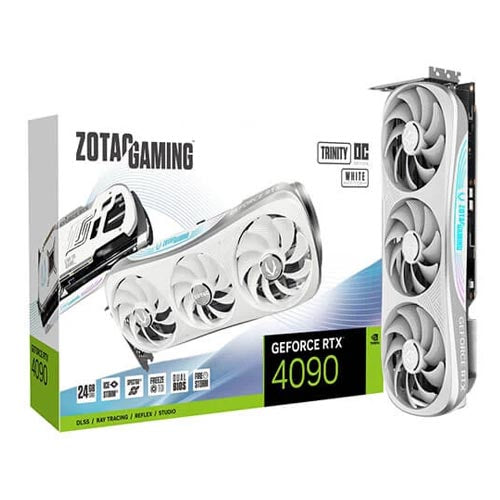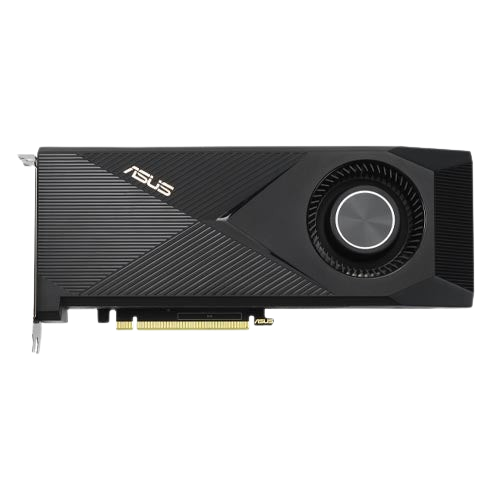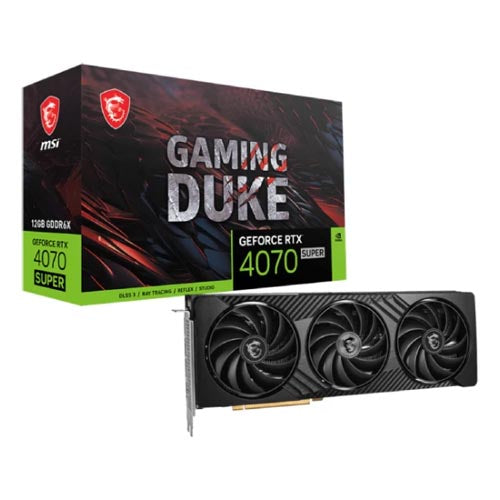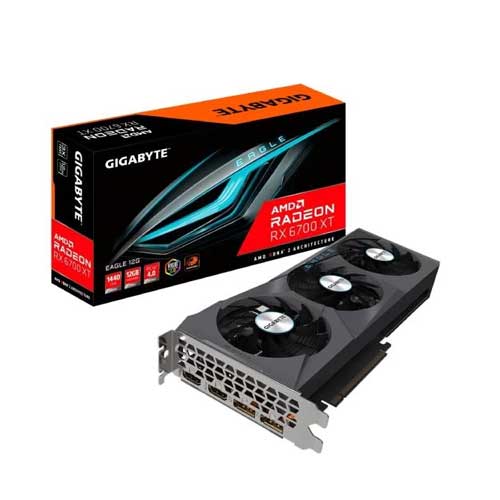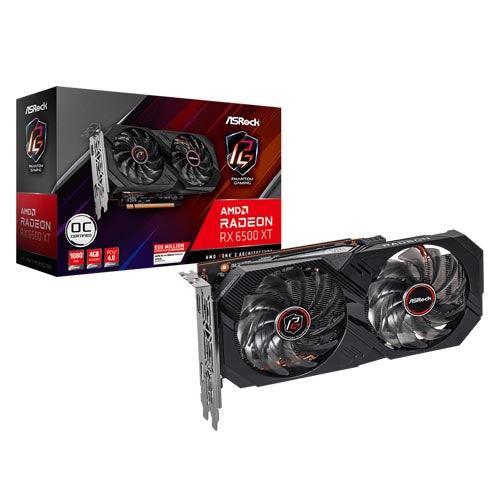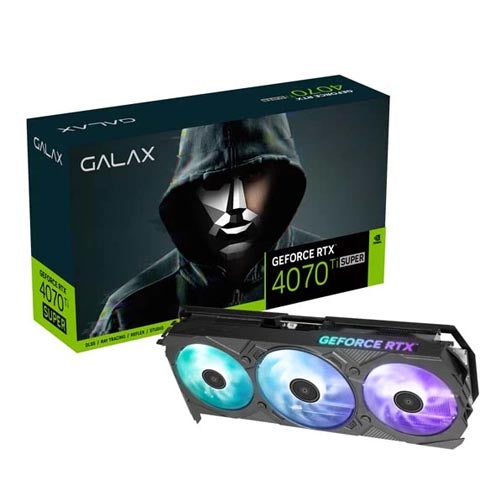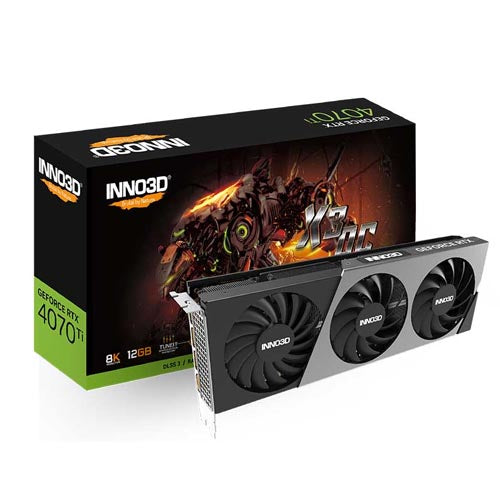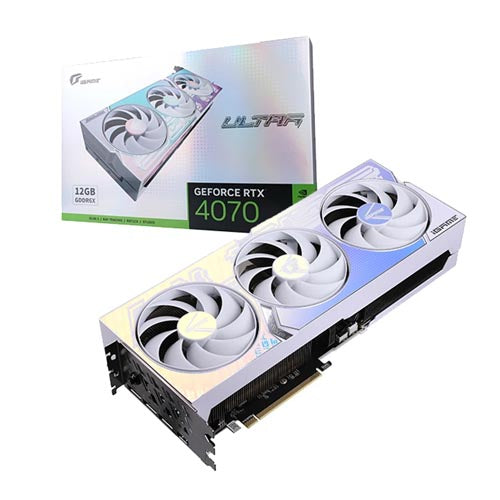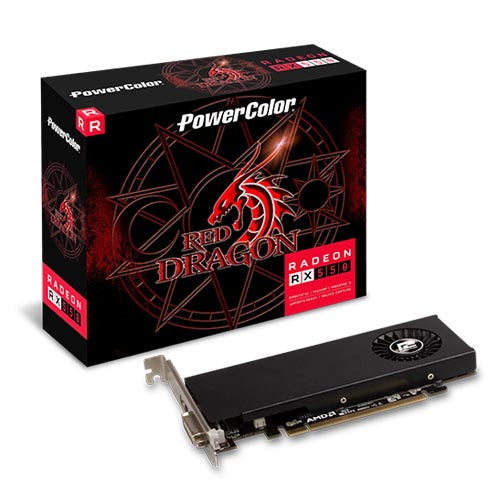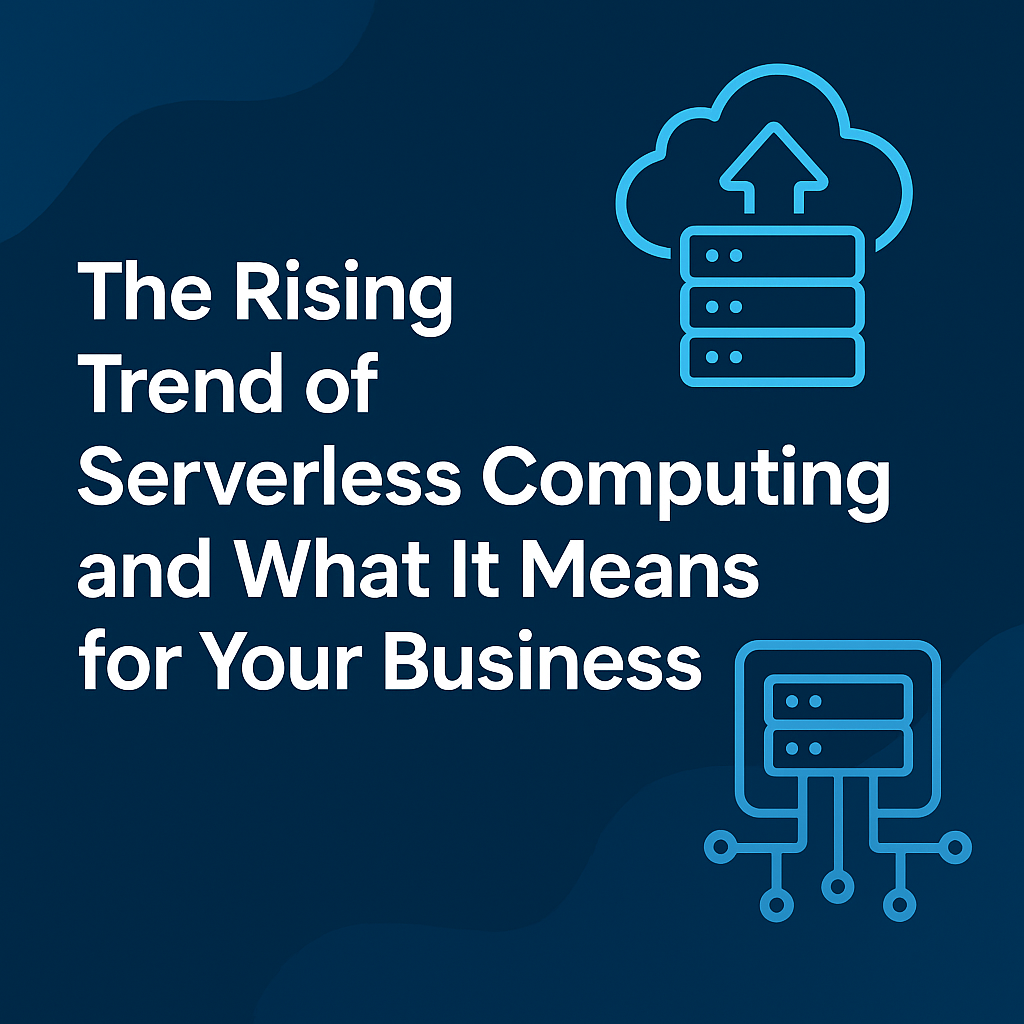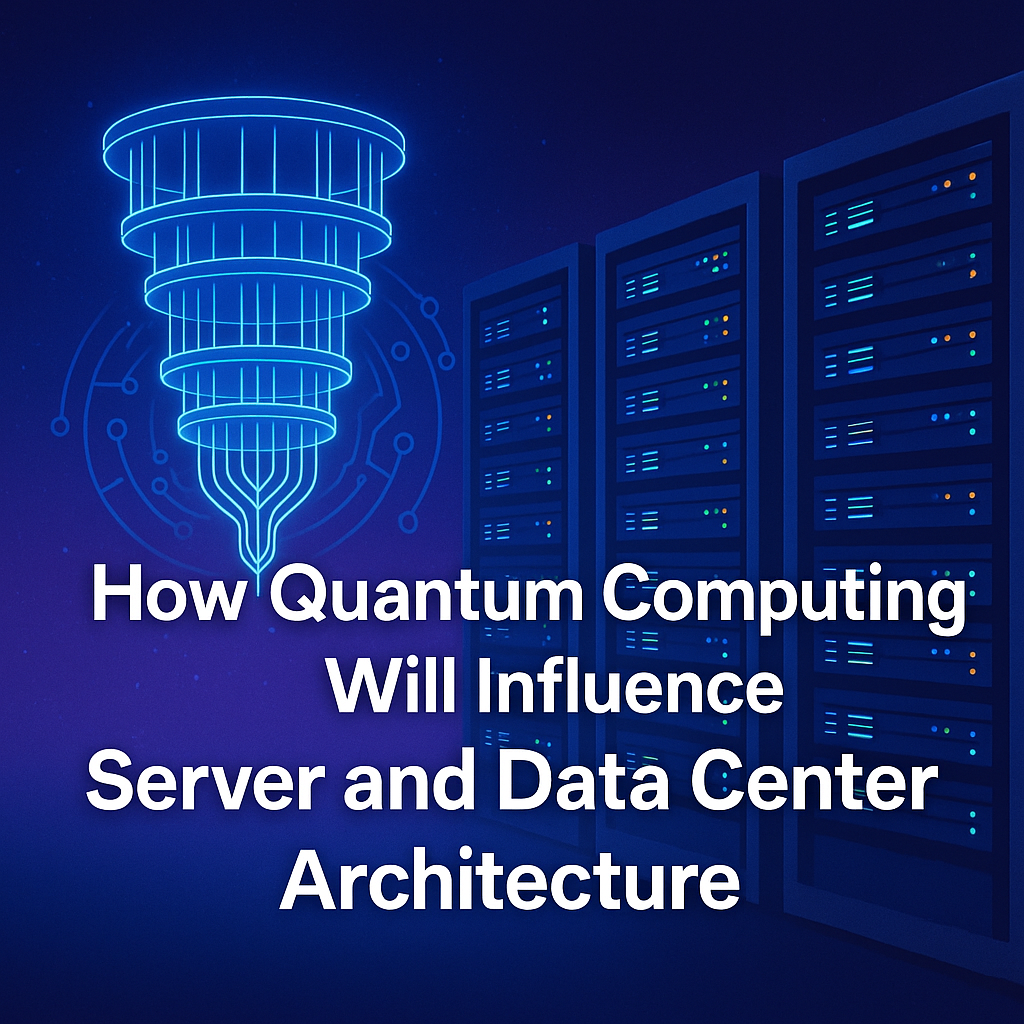
🔍 Choosing the Right Infrastructure for Modern Businesses
In an age where digital transformation is at the heart of every enterprise, selecting the right server infrastructure is a critical decision. The debate between physical servers (also known as on-premise or bare-metal servers) and cloud servers continues to be a significant point of consideration for IT leaders, startups, and large enterprises alike. This blog will dissect both server types from a technical perspective and help you make an informed decision for your organization.
🧩 Understanding the Basics: What Are Physical and Cloud Servers?
🖥️ Physical Servers
Physical servers are dedicated hardware machines that you manage in your own data center or office. You are responsible for everything: from purchasing and configuring the server to maintaining power, cooling, upgrades, and security.
Key Characteristics:
- Single-tenant environment
- Customizable hardware (RAM, CPU, disk type)
- Fixed physical location
- Requires manual scaling and backup

☁️ Cloud Servers
Cloud servers are virtual machines (VMs) hosted on a cloud provider's infrastructure (like AWS, Azure, Google Cloud). These are available on-demand and are abstracted from physical hardware.
Key Characteristics:
- Multi-tenant or single-tenant (with dedicated instances)
- Elastic scalability
- Pay-as-you-go pricing
- Managed infrastructure and auto-scaling options

⚙️Technical Comparison: Feature-by-Feature Breakdown
Let’s explore the comparison through key technical aspects:
1. 🛠️ Performance & Customization
-
Physical Servers:
-
Direct access to hardware: zero virtualization overhead.
-
Ideal for high-performance workloads: e.g., AI training, video rendering.
-
Customizable for specific needs: RAID configurations, GPU integration.
-
-
Cloud Servers:
-
Performance depends on VM instance type and provider's hypervisor.
-
Some overhead due to virtualization (except for bare-metal cloud options).
-
Easier to switch configurations, but limited by provider offerings.
-
✅ Verdict: Physical servers offer better raw performance and deeper hardware customization.
2. 📈 Scalability
-
Physical Servers:
-
Scaling requires manual hardware upgrades or adding more servers.
-
Slower scaling process, with higher upfront costs.
-
Not ideal for unpredictable or rapidly growing workloads.
-
-
Cloud Servers:
-
Instantly scalable – vertical (bigger instance) or horizontal (add instances).
-
Auto-scaling features adjust resources based on traffic.
-
Ideal for SaaS platforms, e-commerce, and event-driven workloads.
-
✅ Verdict: Cloud servers win hands down for dynamic, scalable infrastructures.
3. 💸 Cost and Pricing Models
-
Physical Servers:
-
High CAPEX (Capital Expenditure): buying, installing, and maintaining.
-
Fixed costs regardless of usage.
-
Long-term cost-effective for steady, predictable workloads.
-
-
Cloud Servers:
-
OPEX (Operational Expenditure): pay-as-you-use.
-
Pricing based on compute hours, bandwidth, storage, etc.
-
Reserved instances can offer discounts but still have lock-in.
-
✅ Verdict: Cloud is cheaper initially and more flexible, but physical servers may be cheaper long-term for high-consumption workloads.
4. 🔐 Security and Compliance
-
Physical Servers:
-
Full control over physical access, firewall rules, and data privacy.
-
Ideal for companies with strict compliance (e.g., finance, defense).
-
Requires in-house security policies, monitoring, and patching.
-
-
Cloud Servers:
-
Shared responsibility model: provider handles infrastructure security.
-
Advanced tools like IAM, DDoS protection, and encryption.
-
May pose compliance challenges (e.g., data residency).
-
✅ Verdict: Physical servers offer higher control, while cloud servers offer managed security with trade-offs.
5. 🌐 Networking and Latency
-
Physical Servers:
-
Dedicated network interfaces, lower latency for local applications.
-
Ideal for applications requiring low ping and stable throughput.
-
Full control over routing, firewalls, and switches.
-
-
Cloud Servers:
-
Higher latency due to virtualization and shared bandwidth.
-
Best suited for global apps with CDN or multi-region deployment.
-
Networking abstraction limits deep packet inspection or SDN control.
-
✅ Verdict: Physical servers are superior for low-latency, on-premise workloads. Cloud is better for distributed apps.
6. 🔄 Deployment and Management
-
Physical Servers:
-
Manual provisioning, OS installation, and software setup.
-
Requires on-site or remote IT team.
-
Limited automation unless you set up custom DevOps pipelines.
-
-
Cloud Servers:
-
Automated provisioning via APIs and CLI tools (Terraform, Ansible, etc.).
-
Managed services (like Kubernetes, databases) out-of-the-box.
-
Easier to integrate into CI/CD pipelines and version-controlled infrastructure.
-
✅ Verdict: Cloud servers lead with automation, deployment speed, and remote DevOps readiness.
💼 Use Case Scenarios
🔧 When to Choose Physical Servers:
- High-performance computing (HPC), GPU clusters for AI/ML
- Predictable workloads requiring long-term uptime
- Data-sensitive industries needing local control
- Organizations with in-house IT teams
☁️ When to Choose Cloud Servers:
- Startups with limited initial capital
- Apps with variable traffic or rapid scaling needs
- Teams focused on agile development and DevOps
- Distributed SaaS or web-based applications

🧠 Hybrid Approach: Best of Both Worlds?
Many enterprises are now adopting a hybrid infrastructure that combines physical and cloud resources. For example:
-
Store sensitive data on physical servers.
-
Deploy web apps and analytics on the cloud.
-
Use cloud bursting: run on-premise until demand exceeds threshold, then scale with cloud.
Tools like VMware vSphere, Azure Stack, AWS Outposts, and OpenStack help bridge the gap between on-prem and cloud environments.
🧪 Real-World Example: AI Startup Use Case
An AI startup training LLMs can benefit from bare-metal GPU servers with 48+ GB HBM memory (like NVIDIA H100) for training models efficiently. However, it may use cloud GPUs for inference or burst capacity during demo weeks.
StackGPU offers both options—physical GPU servers and cloud GPU access—making it an ideal choice for such dynamic environments.
🧰 Checklist for Server Decision-Making
| Criteria | Physical Server | Cloud Server |
|---|---|---|
| Initial Cost | High (CAPEX) | Low (OPEX) |
| Performance | Higher, customizable | Good, limited control |
| Scaling | Manual, slow | Instant, elastic |
| Deployment Speed | Slower | Faster |
| Control | Full control | Partial (shared model) |
| Security & Compliance | Full responsibility | Shared responsibility |
| Maintenance | Manual, on-site | Managed by provider |
| Networking | Low latency | Higher latency |
🎯 Conclusion: Choose Based on Workload, Not Hype
Choosing between physical and cloud servers is not about which one is inherently better, but which aligns best with your specific workload requirements and long-term goals. Physical servers offer greater control, consistent performance, and cost-efficiency for stable environments. Cloud servers, on the other hand, provide flexibility, rapid scalability, and ease of deployment—making them ideal for dynamic, growing, or distributed applications.
Understanding your performance needs, budget constraints, and security obligations will guide you toward the right infrastructure. In many cases, a hybrid approach combining both environments can deliver the optimal balance between control and agility.
